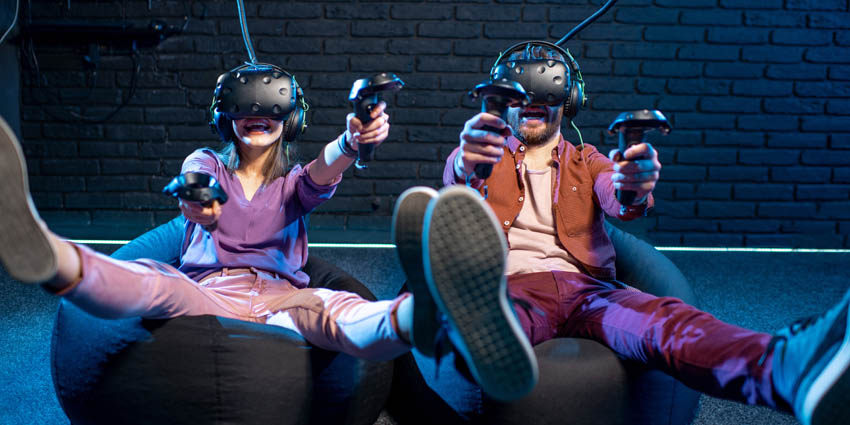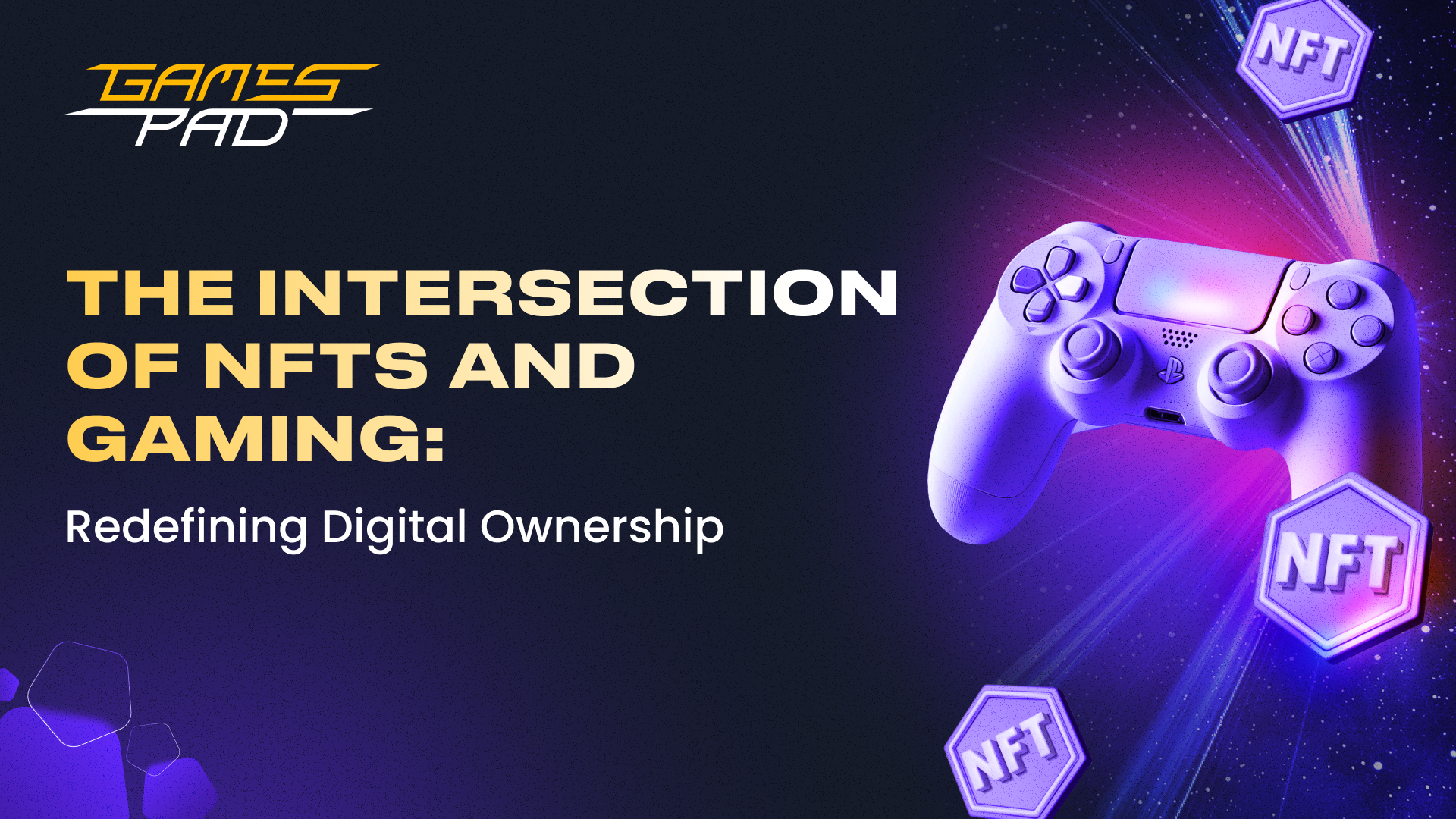The Metaverse is one of the most debated concepts in the tech world today, promising to create immersive and interconnected digital worlds where users can interact, work, and play. The gaming industry is at the forefront of this transformation, not only adopting metaverse technologies but also shaping them. In this article, we delve into the relationship between the metaverse and gaming, exploring how this fusion is shaping the future of digital entertainment.

Gaming as a Gateway to the Metaverse
Many experts see the gaming industry as the center of the metaverse today, with 97% of executives in the sector believing that games play a pivotal role in its development [1]. Games like Fortnite, Roblox, and Minecraft are no longer just platforms for play; they have transformed into virtual social spaces where millions meet to communicate, attend concerts, and participate in global events, making them successful prototypes of the metaverse.
The metaverse will allow you to explore virtual 3D spaces where you can socialize, learn, collaborate and play. - Meta [2]
A New Economy: NFTs and the Play-to-Earn Model
One of the most significant aspects of the metaverse is the digital economy based on Blockchain technology and Non-Fungible Tokens (NFTs). These technologies enable players to truly own their digital assets (such as skins, weapons, and virtual land), trade them, and sell them in open markets, creating real economic value from in-game activities.
| Concept | Description and Impact |
| Non-Fungible Tokens (NFTs) | Unique digital assets verified on the blockchain, ensuring true ownership for players. Their sales saw a massive jump to $25 billion in 2021 [1]. |
| Play-to-Earn (P2E) | A model that allows players to earn cryptocurrencies or NFTs as rewards for their time and effort, turning gaming into a potential source of income. |
| Smart Contracts | Automated programs on the blockchain that ensure agreements are executed, such as paying a percentage of resale profits to the original creator. |

Immersive Experiences and Advanced Technologies
The metaverse relies heavily on technologies like Virtual Reality (VR) and Augmented Reality (AR) to deliver immersive experiences that go beyond traditional screens. Developers are increasingly investing in these technologies to create worlds where players feel a real sense of presence, allowing them to interact with the environment and other characters naturally and intuitively. 49% of gaming executives have stated that they are prioritizing investment in these immersive experiences [1].

Challenges and the Road Ahead
Despite the great enthusiasm, the road to realizing the full vision of the metaverse is long and fraught with challenges. 90% of companies still lack clear business models to capitalize on NFTs [1], and there are technical hurdles related to standardizing different platforms and high transaction costs. Additionally, there is a pressing need to simplify the user experience to make these digital worlds accessible to everyone.
Conclusion
The intersection of the metaverse and gaming represents a true revolution in how we interact with the digital world. It is not just an evolution in graphics or gameplay, but a redefinition of ownership, communication, and entertainment. While this vision is still in its early stages, the gaming industry is confidently leading the way, building the foundational blocks for an immersive, interconnected, and open digital future for all.
